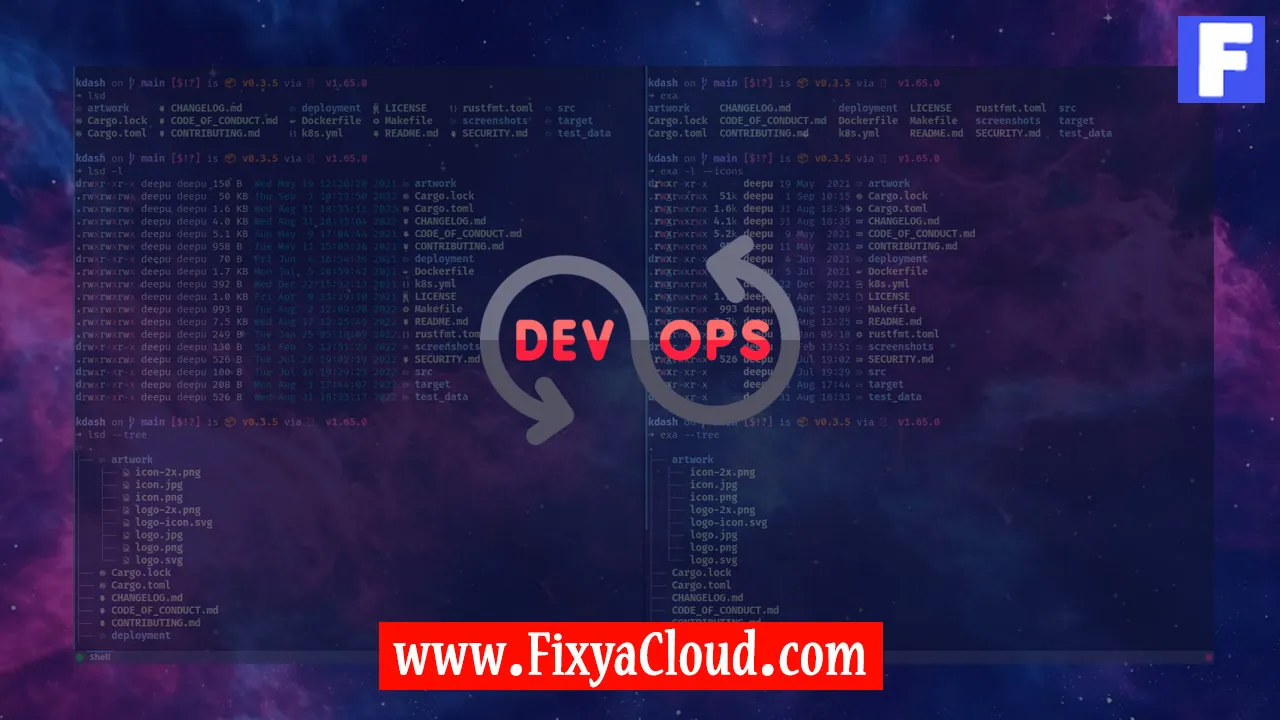What are the Disadvantages of OutSystems?

In the fast-paced realm of application development, OutSystems has emerged as a prominent low-code platform, empowering organizations to expedite their software development processes. While OutSystems boasts an array of advantages, it's crucial to acknowledge that no solution is without its drawbacks. In this article, we will delve into the disadvantages of OutSystems, providing a comprehensive overview for those considering its implementation.
Unveiling the Darker Side
OutSystems, renowned for its efficiency and user-friendly interface, has become a game-changer in the software development landscape. However, like any tool, it comes with its set of limitations. Understanding these drawbacks is vital for making informed decisions and ensuring that OutSystems aligns with your specific development needs.
1. Limited Customization Options
One of the key drawbacks of OutSystems lies in its limitations regarding customization. While the platform offers a broad range of pre-built components, there are instances where developers may find themselves constrained by the lack of flexibility when it comes to tailoring certain elements to unique project requirements. This limitation can hinder the creation of highly specialized or intricate applications.
2. Dependency on OutSystems Ecosystem
OutSystems operates within its ecosystem, which can be a double-edged sword. While it ensures compatibility and seamless integration within the platform, it also means a certain level of dependence. In the event that OutSystems undergoes major changes or experiences disruptions, it could potentially impact the entire development workflow.
3. Learning Curve for Traditional Developers
For developers accustomed to traditional coding languages and methodologies, adapting to the low-code paradigm of OutSystems may pose a challenge. Learning a new development approach and understanding the intricacies of the OutSystems platform may require additional time and effort. This learning curve could potentially slow down the initial stages of adoption.
4. Licensing Costs
While OutSystems offers a free community edition, the full potential of the platform is unlocked through its paid licensing model. For larger enterprises or organizations with complex development needs, the associated costs can be a significant factor. Budget constraints may lead some businesses to explore alternative solutions that better align with their financial considerations.
5. Limited Control Over Infrastructure
OutSystems' cloud-based nature means that developers have limited control over the underlying infrastructure. This lack of control may be a concern for organizations with specific security and compliance requirements. In situations where fine-tuned control over infrastructure components is crucial, OutSystems may not be the ideal choice.
Navigating the OutSystems Landscape
While OutSystems undeniably offers a streamlined and efficient solution for many development scenarios, it's essential to weigh the advantages against the disadvantages. By understanding the potential limitations discussed in this article, developers and decision-makers can make informed choices that align with their organizational goals and project requirements.
Related Searches and Questions asked:
That's it for this topic, Hope this article is useful. Thanks for Visiting us.
